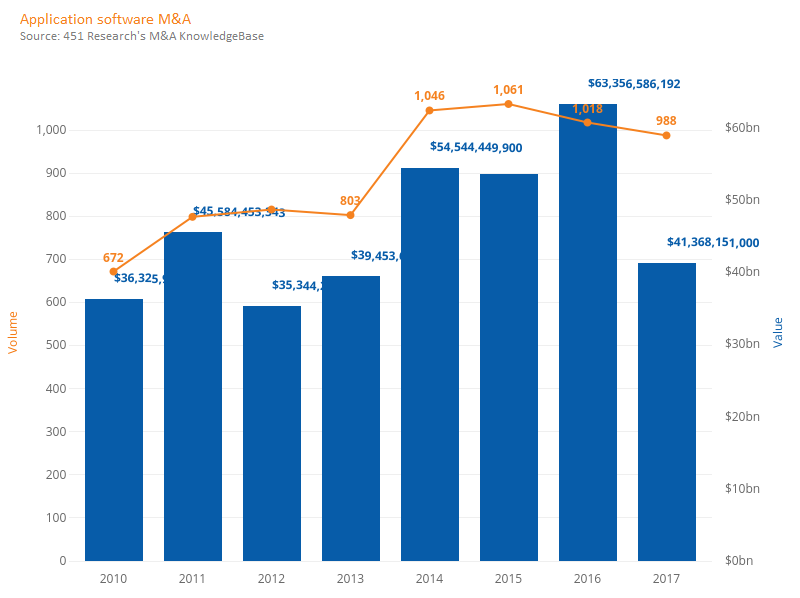Contact: Sheryl Kingstone, Scott Denne
Continuing a streak of consolidation in sales software, Conga, a document and contract management provider, has acquired Octiv. Sales software has seen a spurt of M&A as sales organizations seek technology platforms with more uses – in this case, the digitization of the entire sales cycle.
On the surface, both companies have similar capabilities. Octiv, formerly known as TinderBox, focuses on the upstream aspects of managing content and workflow automation for sales processes such as proposals and quotes, whereas Conga, an Insight Venture Partners portfolio company, concentrates on intelligent automation once the quote or proposal has been agreed upon. Octiv also brings capabilities to measure engagement throughout the sales process. This deal is both a consolidation of the market for customers and a technology enhancement.
As we previously suggested, the shift to engaging, from merely transactional, sales interactions would spur M&A as sales software vendors seek to expand beyond systems of record and into systems of engagement. According to 451 Research’s M&A KnowledgeBase, many of the early returns on such transactions – including Marketo’s acquisition of ToutApp and Corel’s purchase of ClearSlide – have traded below the amount of venture funding they brought in. (Terms of Octiv’s sale weren’t disclosed so the return on the $20m it raised isn’t clear.)
Despite some modest returns, deals are increasing as the market for more advanced sales software capabilities begins to heat up. In a custom study by 451 Research, 90% of sales managers told us they have some form of investment in sales technology, although most of those are likely nothing more than legacy CRM or sales force automation, neither of which has the functionality to enable sales teams to optimize around the expanding flow of digital signals that are available to inform the sales process, as we outlined in our Sales Technology Platforms Market Map.
Sales organizations are coming to that same conclusion. According to a survey by 451 Research’s Voice of the Connected User Landscape, sales analytics and intelligence, engagement, and content are the most sought-after capabilities, outpacing legacy capabilities like pipeline management and lead generation. More importantly, that survey shows that sales teams are shifting toward advanced intelligent automation across a broader range of processes with the goal of eliminating manual processes. As they do so, more functionality will be consolidated by platforms such as Conga with intelligence at the core of their sales software.
For more real-time information on tech M&A, follow us on Twitter @451TechMnA.

